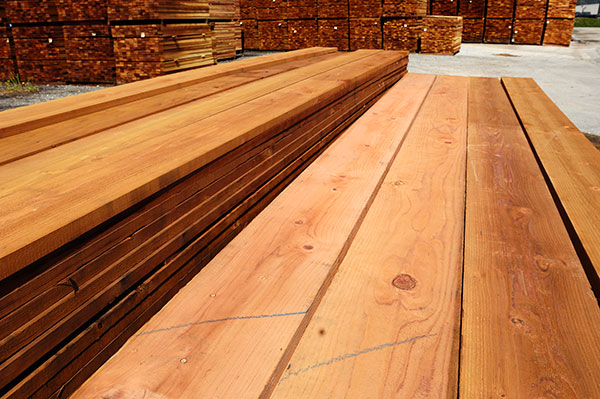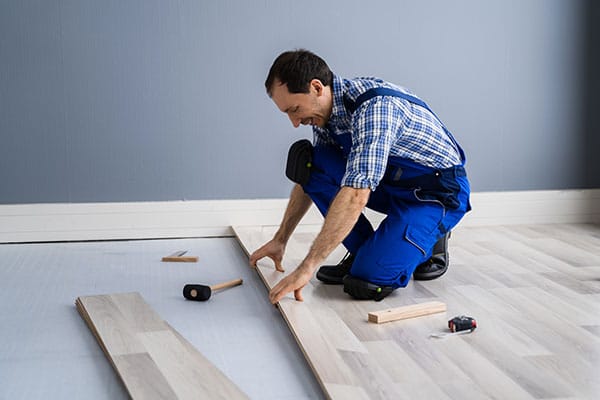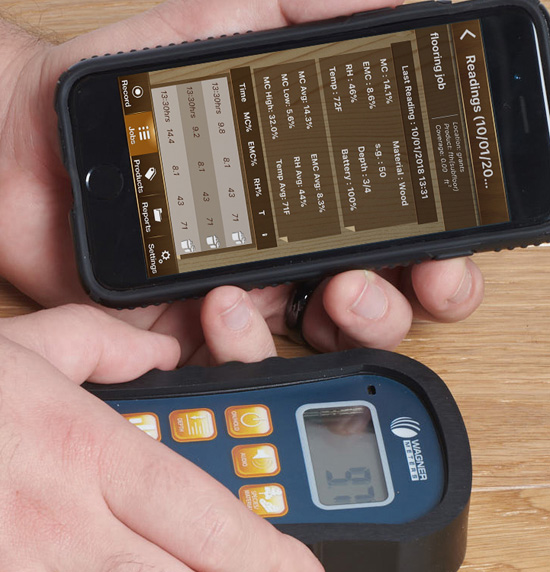The Lumber Price Roller Coaster – How to Ride it Safely
For decades, lumber prices stayed within $300 to $500 per thousand board feet. Since the pandemic, however, lumber prices have been on a roller coaster.
Experts first thought lumber prices would plummet during the pandemic. Instead, they skyrocketed. They started creeping up in November 2020 and hit their high of over $1500 per thousand board feet in May 2021.

Many of the factors contributing to the recent roller coaster in lumber prices remain unchanged
But that high was short-lived. According to the National Home Builders Association (NHBA), framing lumber prices in late August 2021 are back at $400.
Don’t get comfortable, however. This ride isn’t over yet. Many of the factors that caused the initial spike and drop haven’t changed.
Why Lumber Prices Have Been Going Crazy
When the pandemic and lockdowns first hit in March 2020, the lumber supply dropped. The popular assumption was that housing construction and renovations would stop. Sawmills and manufacturers closed down or greatly restricted operations. Suppliers liquidated inventory.
The popular assumption was way off the mark. Demand for lumber jumped. Consumer demand spiked. People stuck at home started catching up on their home improvement projects. Many also discovered new projects to accommodate everyone working and attending school from home. Those backyard offices had to get built somehow.
Restaurants and bars started building “temporary” outdoor seating and dining areas. Residential housing construction also spiked. Housing starts in the United States increased by more than 50% between May 2020 and May 2021.
The surge of federal stimulus programs and low mortgage rates set up the classic formula for price inflation: too many dollars chasing too little supply.
May 2021 was the lumber price high point, after which it took a sharp downturn. Skyrocketing prices halted consumer home projects. Construction slowed back down, partly due to materials and worker shortages, but also due to the inability to predict costs.
As lumber prices have plummeted, some demand has returned, yet supply concerns remain. Wildfires in the United States and Canada are impacting lumber supply. Concerns about a fall/winter Covid resurgence affect worker availability and workplace safety.
It’s no wonder then, that builder confidence has dropped from the post-Covid boom back to pre-Covid levels. According to the NAHB/Wells Fargo Housing Marketing Index, builder confidence in March 2020 was 72, hit 90 by November 2020, and is back at 75 in August 2021.
The number of housing starts and permits also presents a mixed picture. Housing starts were down in July 2021, but housing permits went up.
The bottom line is that the lumber market will remain unpredictable.
Focus on Controlling What You Can Control

While you can’t control the price of materials, you can control whether your wood is fully acclimated to service conditions before you use it for your project.
The lumber market roller coaster has affected all its related markets, like plywood and engineered wood. With prices and supply so unpredictable, your project budgets have never been harder to manage. And you certainly don’t want remediation costs for addressing moisture-related damage to threaten your bottom line, especially when wood prices could quickly spike.
You can’t control material prices, but you can control whether the wood you’re working with has fully acclimated. Installing wood flooring that hasn’t acclimated to its service conditions increases the risk for a moisture-related failure.
You can’t guess a wood’s moisture content. Letting it sit for a few days in the service location is no guarantee that the wood’s moisture content is at an acceptable level.
The only way to know the wood’s moisture content is to measure it with an accurate wood moisture meter. There are too many variables that impact wood’s moisture content. The species of the wood, the ambient conditions at the in-service location, the manufacturer’s drying process – all impact moisture content. Not using a wood moisture meter leaves you relying on guesswork.
Accurate Information Breeds Confidence

Eliminate moisture-related problems by using a moisture meter to measure the moisture content of your wood.
There’s another consequence to the lumber price and supply unpredictability. It raises the financial and operational costs of redoing a project.
If you need more wood to complete the remediation, will you be able to get it or afford it? If supply is low, will using your inventory for a remediation project impact your ability to complete a new project?
The alternative is to eliminate the risk of flooring failure by using a moisture meter to measure the wood’s moisture content. Manufacturers specify the acceptable MC range for their products based on their internal testing. They know what MC range each particular product can handle. Measuring the wood MC content with a moisture meter will give you the confidence you need to know when the wood is in the appropriate range based on manufacturer testing.
Taking moisture content readings throughout the acclimation process helps you take control of your project timeline. If you see it’s not drying fast enough, you can take steps to speed that up. If you see it’s drying faster than expected, you can get ahead on your timeline. Either way, tracking the wood’s MC with a moisture meter is knowledge, and knowledge is confidence.
If you want to learn more about acclimating wood, check out this article and this one.
Will Lumber Prices Stabilize Soon?
Who knows if lumber prices will stabilize soon? The market was wrong with its early pandemic predictions. The futures market went up in August 2021, but it’s back within the pre-pandemic range (the top of the pre-pandemic range).
Will it stay there? Is this the point of stabilization? I’m not an economist, but I’m thinking it’s not. There are simply too many mixed signals and unpredictable variables. Even if prices do stabilize soon, there’s good reason to think they’ll settle at higher than the pre-pandemic range. The impact of lumber prices on your project costs and profit margin isn’t going away.
Don’t waste time and money redoing projects because you installed wood that didn’t fully acclimate as needed to its in-service location. A quality wood moisture meter is easy to use and is indispensable to making sure that your projects don’t fail.
Published October 2021
Related Posts via Taxonomies
Last updated on October 22nd, 2021



